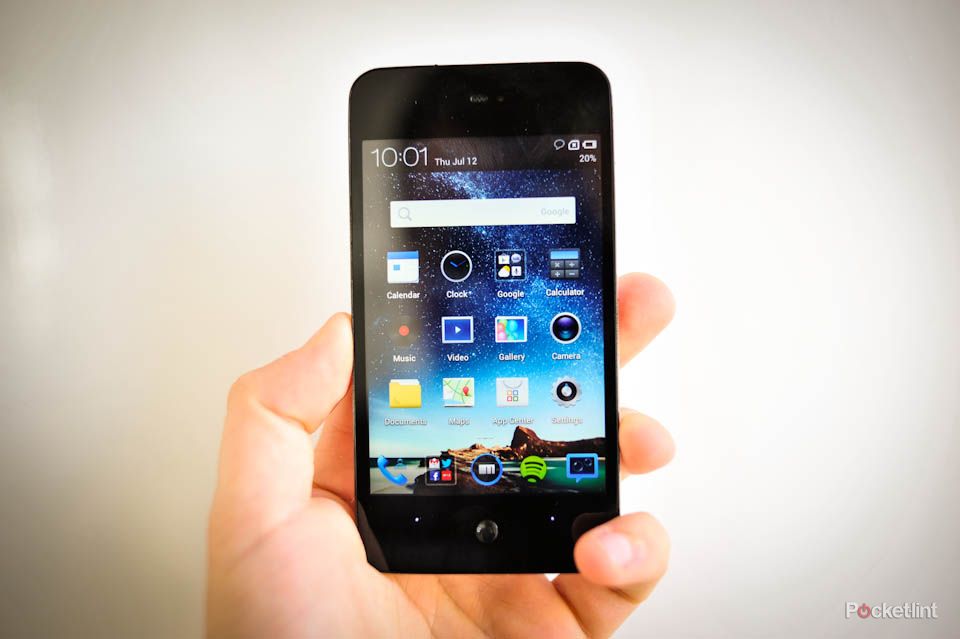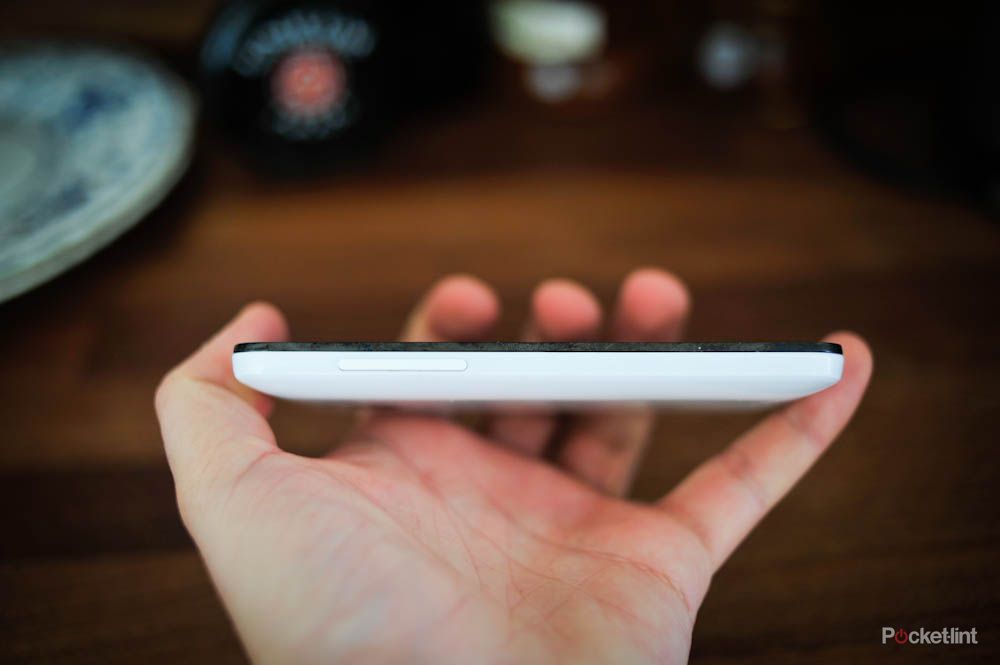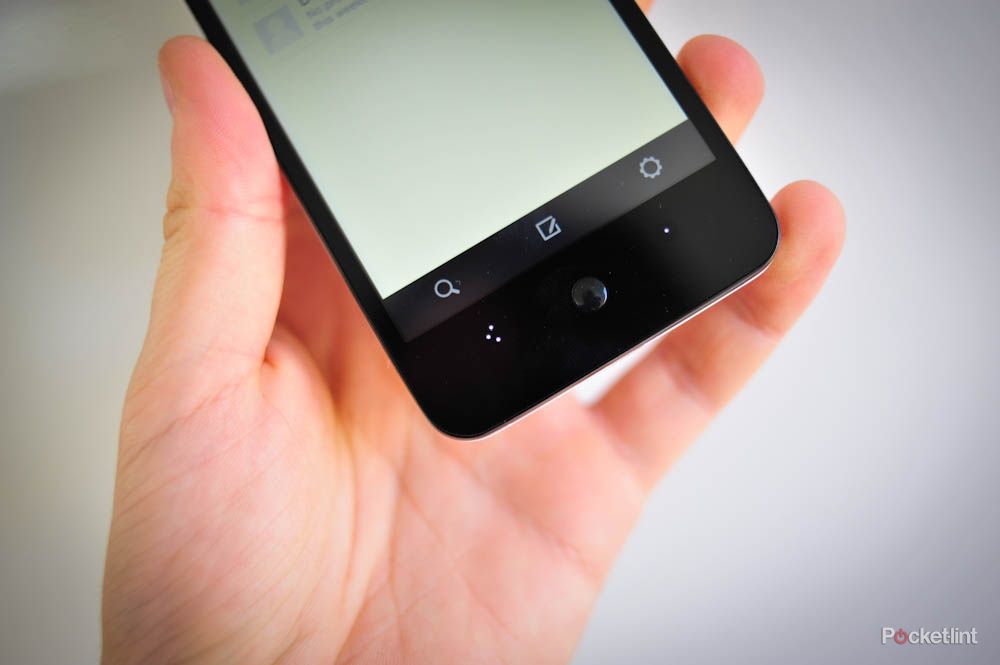Before we even get started on this, a word on Meizu. These guys have been churning out top-of-the-line electronics in China since 2003. They are responsible for Apple-sized queues across the country packed with fans waiting to get their hands on the company's latest smartphones.
Our quick take

| FOR | AGAINST |
|---|---|
|
|
|
Last year it was the dual core version of the MX, this time round its the quad core. Launched on 30 June in mainland China and Hong Kong, it is one of the most powerful smartphones currently available there. In fact it is one of the quickest phones anywhere in the world right now. Sporting a 1.4GHz Exynos A9 quad core CPU with 1GB of RAM thrown in for good measure, that is SGS III levels of speed.
It might look like a dodgy iPhone clone, but in the hand it feels anything but. First up, the double-layered white plastic back is glossy but very tactile, sticking to your hand. The slightly rounded edges on the bottom are also comfy to hold and the entire handset has a weight and bulk to it that feels very premium. Overall construction quality is top notch. It's not One X levels of quality, but its definitely a nice piece of kit.
The screen, at 4 inches with a 292 ppi pixel density, is close to Retina display levels of goodness. It loses out slightly on contrast and viewing angles but is very very good indeed. The f2.2 8 megapixel camera on the back also takes some great snaps and 1080p video to view back on the display.
The packaging of MX is also a bit of a surprise: there's a clever book with the MX buried inside it and the accessories hidden away in an Apple-style pack at the back. It's not exactly original, but definitely good fun.
As for the phone itself, this is where things get really interesting. While its design isn't really original, the MX's take on Android most definitely is. Using a combination of Android 4.0 and FlyMe OS 1.0 produces a UI pretty much like no other Android handset.There is no apps drawer - everything just piles on to the home screen. It makes a lot of sense and, thanks to the speed of the MX's processor, means it is smooth enough to feel good to use.
Stuff like widgets and backgrounds can be managed only via the settings menu rather than a long press on the home screen. A bit of an irritation but it ensures that all customisation takes place in one area, which streamlines things a bit.
The physical Android buttons on the MX are particularly unusual. Consisting of small clusters of lights, they change depending on the situation within an app and the orientation of the phone. So on the left a single light will transform into a back symbol and on the right you get three dots or one dot depending on whether your app has an extra menu. It is very different and in practice works really well.
Between the two touch-sensitive Android keys is a raised home button. It works well and is tough enough to press that it doesn't do things like activate in your pocket. One minor irritation is the way the task manager is dealt with on the MX. Rather than holding the home button a la SGS III and gettting the top-notch stock app list on ICS, Meizu has opted for a more iOS style approach to things. This means long pressing each app and dragging it to an X to kill it. Long-winded and unnecessary, in our opinion.
In the end though, this is a seriously impressive smartphone. It isn't without its bugs - such as mapping, which had major issues getting a location for us in London. But those aside, the MX feels refreshingly different. Its design is blatantly based on one of the best around; the iPhone, and is good because of it. The handset is quick, 1700 mAh battery lasts a long time and the cameras are both high quality. In fact we would put it up there with some of the best we have played with.
One final thing though. Get ready to lose some fingernails getting the back off the phone to put your SIM card in. It requires a sort of wedge tool be stuck in between the front and back of the phone and then peeled around. Not so smooth. Also the battery is non-removable, so don't try it unless you want to break the phone!
So where can you get it? Right now we simply aren't sure. Short of ordering it on the Meizu website and getting it shipped, we just can't see this rarity appearing in shops yet. The handset comes in 32GB and 64GB forms and is priced in at around $529 and $649. Expect to pay a fair whack on top of that for shipping should you track one down.
Like the sound of the MX? Let us know in the comments below ...



